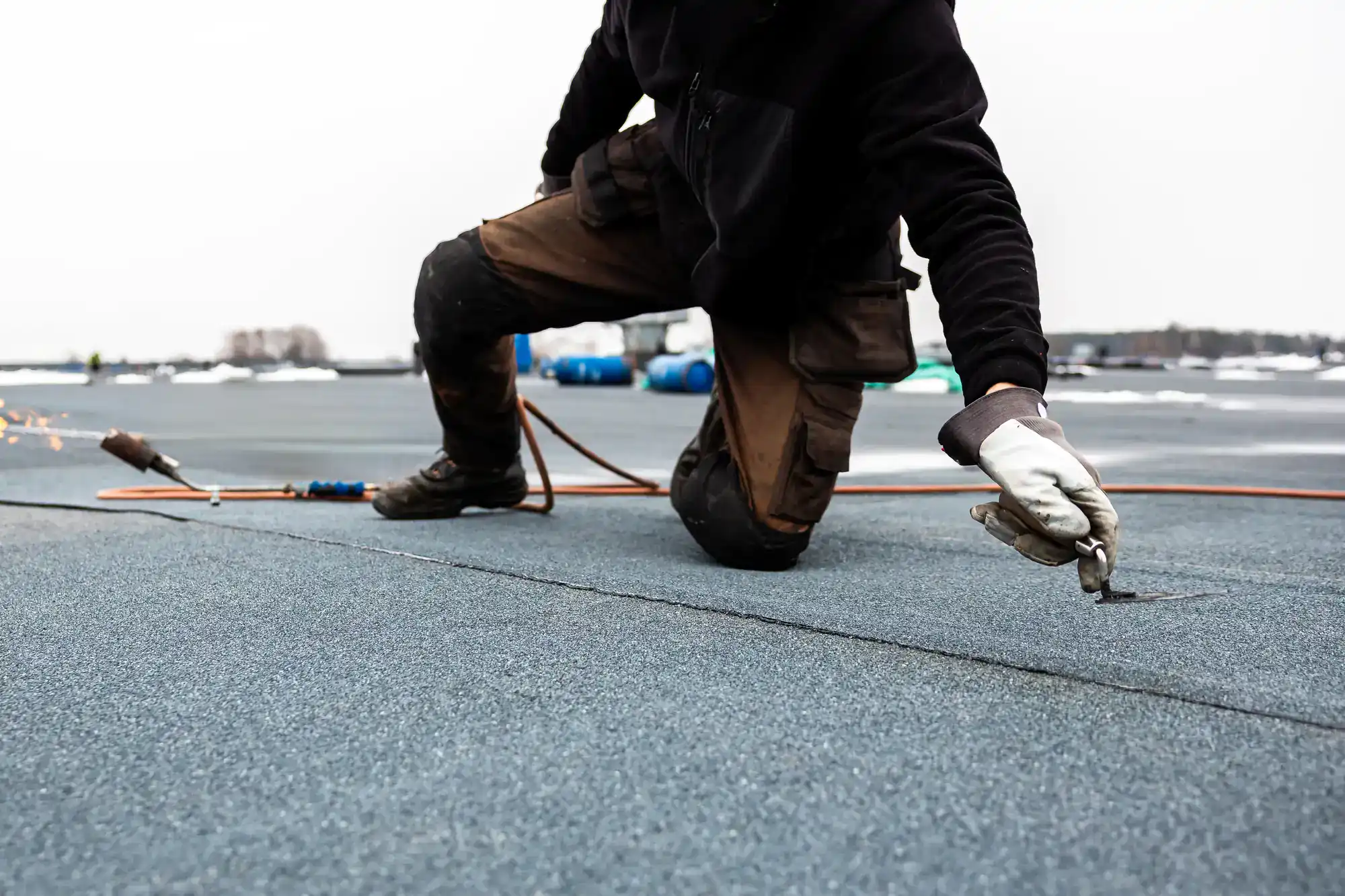
Hear from Our Customers
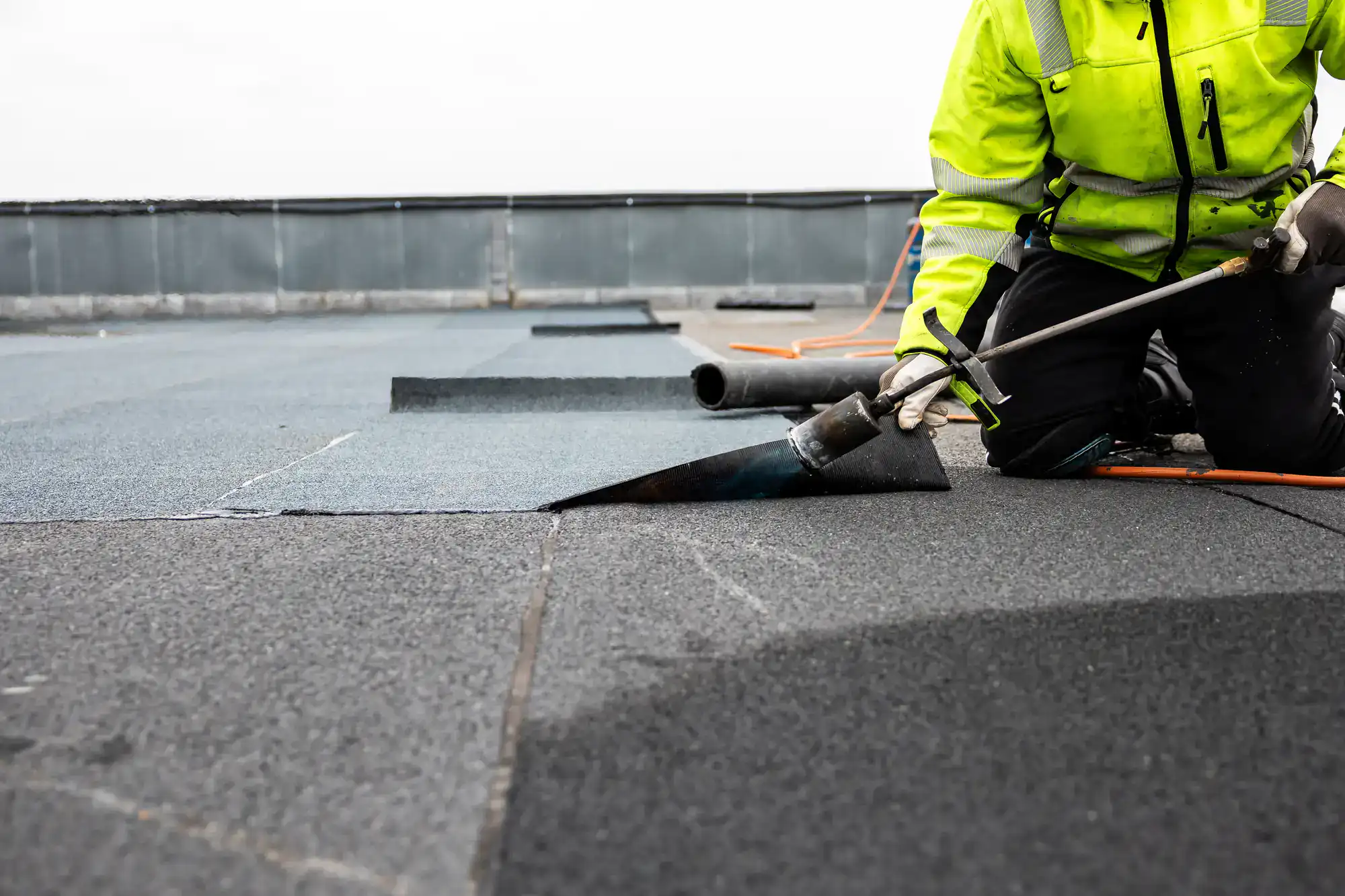
Your flat roof isn’t just covering space—it’s protecting one of Long Island’s most valuable investments. When we’re done, you get a watertight system that handles everything from nor’easters to summer heat without the constant repairs.
No more wondering if the next storm will find that weak spot. No more emergency calls because water’s dripping into your building. Just reliable protection that lets you focus on what matters most.
Our TPO and EPDM systems reflect heat to cut your cooling costs while standing up to the salt air that destroys inferior materials. You’ll see the difference in your energy bills and your peace of mind.
We’ve been protecting Oyster Bay properties since 2001, back when most contractors were still learning what flat roofing actually takes. As a family-owned business, we understand what it means to invest in your property for the long haul.
Every job gets the same attention we’d give our own family’s roof. We’re fully licensed, bonded, and insured because that’s what responsible contractors do—not because we have to advertise it.
Long Island’s weather isn’t forgiving, and neither are we when it comes to quality. Whether you’re dealing with an older building from the 1940s or a newer commercial space, we know exactly what your roof needs to handle decades of coastal conditions.
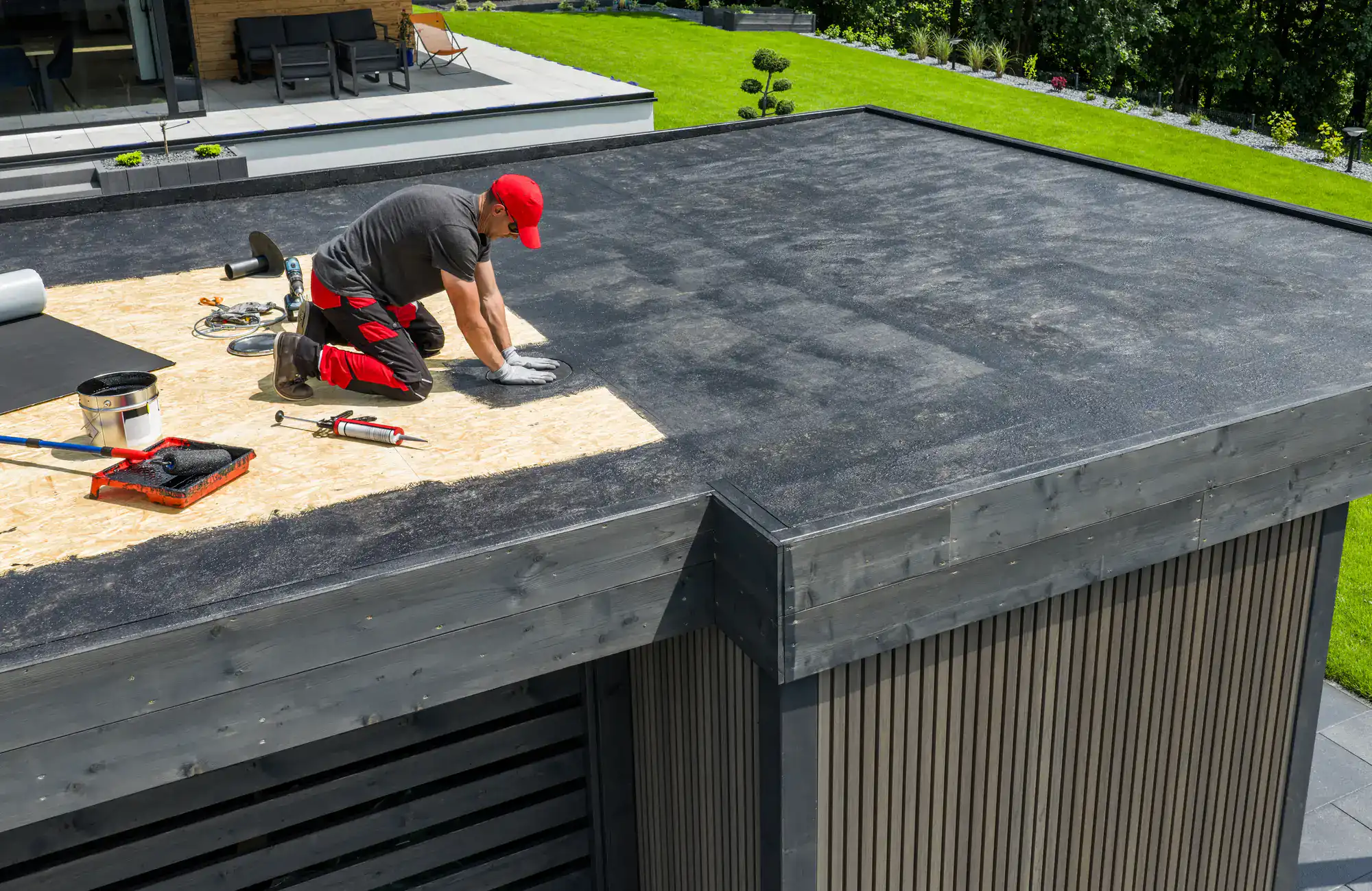
We start with a thorough inspection to understand exactly what your roof is dealing with—drainage issues, structural concerns, or just normal wear from Long Island’s weather. No surprises, no hidden problems discovered halfway through.
Next, we walk you through your options. TPO for energy efficiency and flexibility, EPDM for durability in tight spaces, or modified bitumen for high-traffic applications. We explain what works best for your specific situation, not what’s easiest for us to install.
Installation happens efficiently with minimal disruption to your daily operations. Our crews know how to work around businesses and residential schedules because we’ve been doing this for over two decades. When we’re finished, you get a comprehensive warranty and the confidence that comes with professional workmanship.
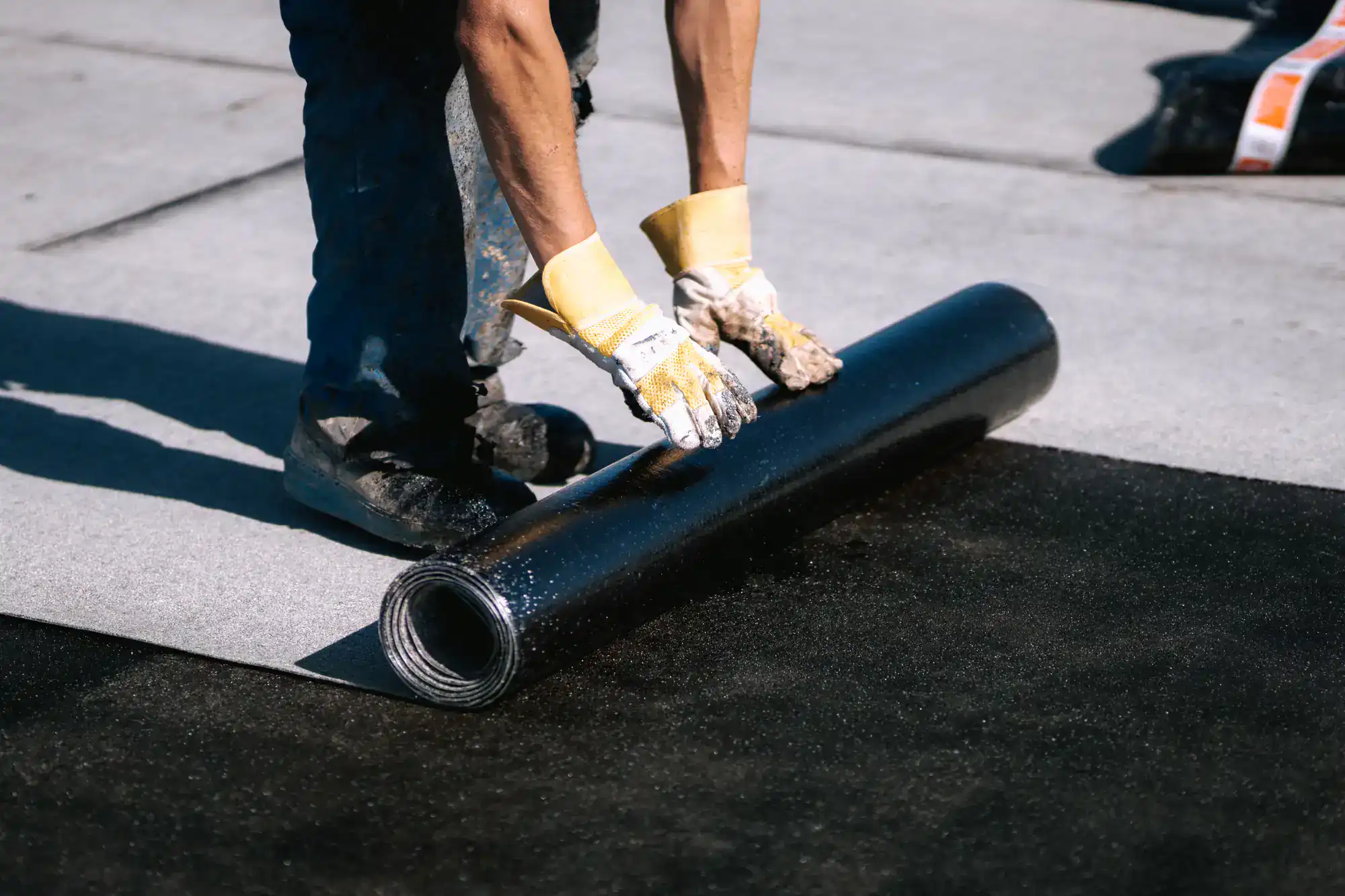
Ready to get started?
Every flat roofing project includes proper drainage design, because standing water is the fastest way to destroy even the best materials. We install tapered insulation systems and strategically placed drains that actually move water off your roof.
Our TPO installations use heat-welded seams that create molecular bonds stronger than the membrane itself. For EPDM projects, we use proven adhesive systems that flex with temperature changes without losing their seal. Modified bitumen gets multi-layer protection with proper overlap and sealing.
Oyster Bay’s proximity to the water means salt air corrosion is a constant threat. We apply protective coatings and use corrosion-resistant fasteners that won’t fail after a few seasons. Your flashing gets the same attention—properly sealed and designed to last as long as the roof itself.
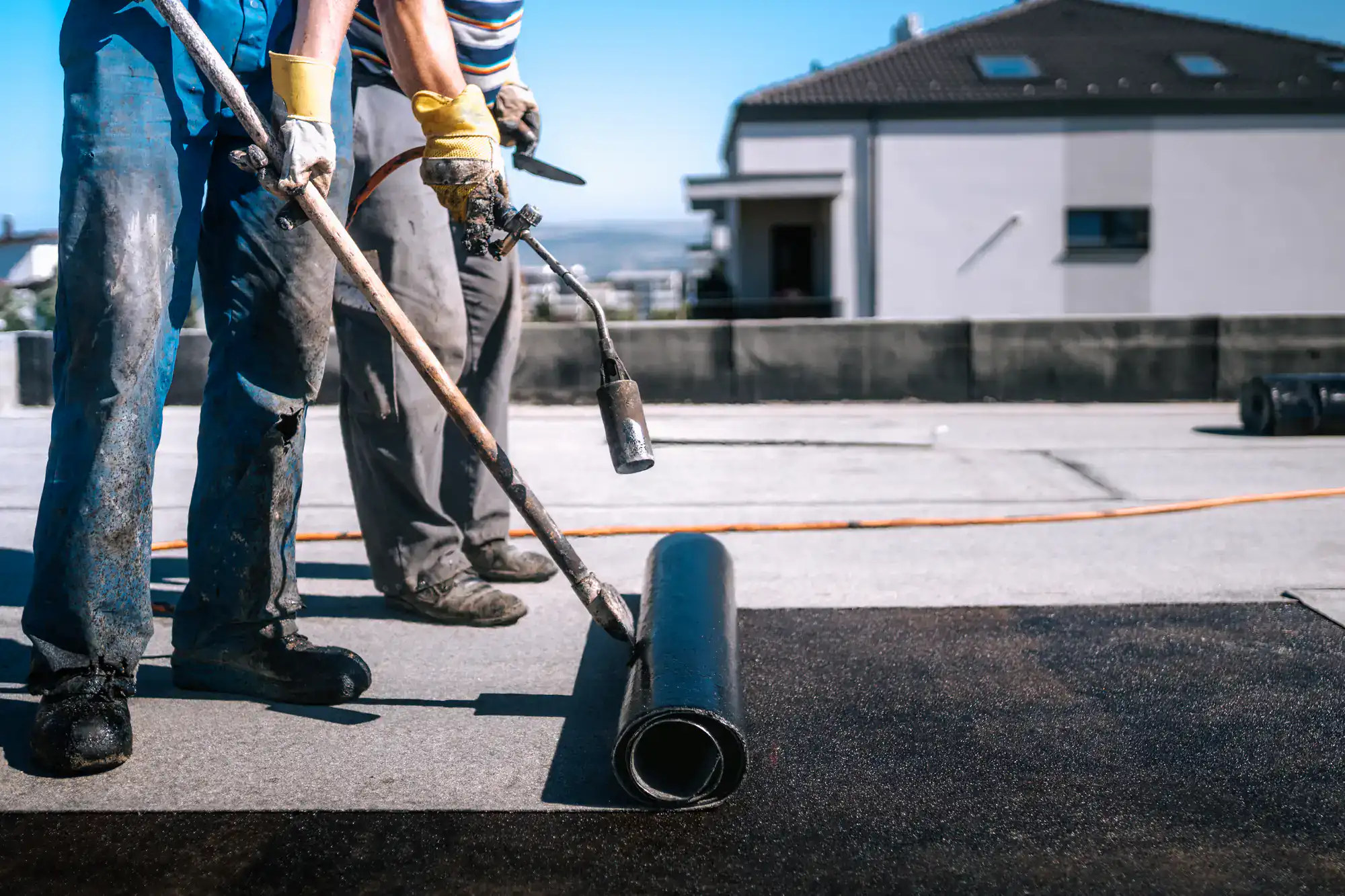
Quality TPO systems typically last 20-30 years in Long Island’s coastal environment when properly installed and maintained. The key is using the right membrane thickness—we recommend 60-80 mil TPO for Oyster Bay properties because of the salt air exposure and potential storm debris.
TPO’s white reflective surface actually helps it last longer by reducing thermal stress from temperature swings. Unlike darker roofing materials that absorb heat, TPO stays cooler and experiences less expansion and contraction that can cause premature failure.
Regular inspections every two years help catch minor issues before they become major problems. We provide detailed maintenance schedules that keep your warranty valid and your roof performing as designed.
TPO is a single-ply thermoplastic membrane that’s heat-welded at seams, creating incredibly strong joints. It’s naturally white and reflects about 87% of UV rays, making it excellent for energy efficiency. TPO handles ponding water well and offers good chemical resistance.
EPDM is a synthetic rubber membrane that’s typically black (though white versions exist) and uses adhesive or mechanical attachment. It’s extremely flexible and puncture-resistant, making it ideal for roofs with irregular shapes or areas that see foot traffic.
For Oyster Bay properties, we often recommend TPO for larger, simpler roof layouts where energy efficiency matters, and EPDM for smaller roofs or areas with lots of penetrations. Both materials perform well in coastal conditions when installed correctly.
Proper drainage is critical for flat roof longevity, especially with Long Island’s heavy rains and snow loads. We design systems with a minimum 1/4-inch per foot slope toward drains, using tapered insulation to create positive drainage even on structurally flat decks.
Primary drains get sized for 100-year storm events, not just average rainfall. We also install overflow drains and scuppers as secondary drainage paths, because blocked primary drains can cause catastrophic water buildup. All drain connections use proper flashing and sealants rated for continuous water exposure.
For existing roofs with drainage problems, we can add drains or install tapered insulation systems to eliminate ponding areas. Standing water that remains more than 48 hours after rainfall will void most manufacturer warranties and cause premature roof failure.
The most common leak point is where the flat roof meets vertical walls or parapets. This transition requires proper flashing that can handle both water runoff and thermal movement. Many contractors use inadequate flashing details that fail within a few years of installation.
Seam failures are another major issue, especially with older adhesive-applied systems. Salt air accelerates the breakdown of sealants and adhesives, which is why we prefer heat-welded TPO seams that create molecular bonds. These connections actually get stronger over time rather than degrading.
Penetrations for HVAC equipment, vents, and drains also cause problems when not properly sealed. We use multiple layers of protection around all roof penetrations, including base flashing, storm collars, and compatible sealants that won’t break down in coastal conditions.
In many cases, yes, but it depends on the condition of your existing roof and local building codes. We can often install TPO systems over sound modified bitumen or built-up roofs, which eliminates tear-off costs and reduces project disruption.
The existing roof needs to be structurally sound with no wet insulation, significant membrane damage, or drainage problems. We perform core cuts to check insulation moisture levels and evaluate the deck condition before recommending a recover system.
Recover installations still require proper insulation upgrades and drainage improvements. We’re not just covering up problems—we’re creating a complete roofing system that performs better than what was there before. This approach can save 30-40% compared to complete tear-off while delivering the same long-term performance.
We provide 24/7 emergency response for flat roof leaks and storm damage throughout Oyster Bay and Nassau County. Our emergency crews carry temporary waterproofing materials and can typically provide same-day response to stop active leaks and prevent further damage.
Emergency repairs focus on immediate water intrusion control using compatible materials and proven techniques. We don’t do quick fixes that create bigger problems later—even emergency work gets done right the first time using proper materials and installation methods.
After emergency stabilization, we provide detailed assessments of the damage and permanent repair options. Many emergency situations reveal underlying problems that need attention, so we give you a complete picture of what your roof needs for long-term reliability.